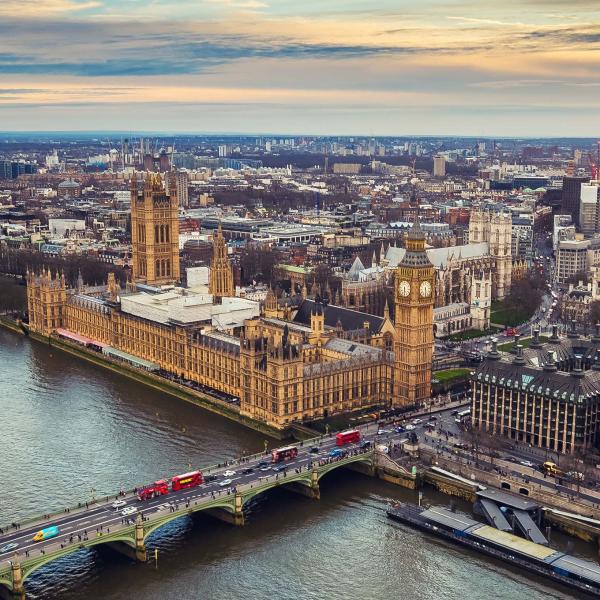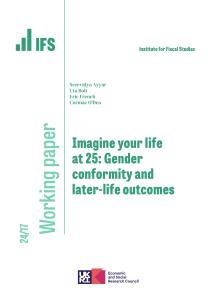All education providers are facing rising costs and increased uncertainty. This includes higher levels of staff pay, rising energy costs, rising food costs, as well as many other factors. As a result, fixed spending plans aren’t going as far as initially intended and many providers are facing significant budgetary pressures. In the Autumn Statement, schools received £2.3 billion in additional funding, which will go some way to relieve immediate pressures. However, there was no additional funding for the early years, colleges, sixth forms or universities.
The government has pencilled in tight spending plans for government departments after 2025, but it also has high ambitions for how the education sector can contribute to increased economic growth and levelling up poorer areas of the country. At the same time, there are likely to big changes in the number of pupils and students. Following a mini baby boom, the number of children in nurseries and schools is dropping rapidly. However, the number of students in further and higher education is rising as the previous population boom works its way through the system. Falling and rising pupil numbers can both create challenges for providers.
At this event, we examined how education spending has evolved across different phases of education and how it is likely to evolve in the future. A panel of speakers set out their own view on the main resource challenges facing the education sector, as well as their own views on what reforms or changes should take place.
The panel included:
- Evelyn Forde, Headteacher of Copthall School and President of ASCL
- Mark Lehain, Head of Education at the Centre for Policy Studies
- Robin Walker MP, Chair of the Education Committee
This event took place in person at Broadway House in Westminster, as well as online via livestream.















